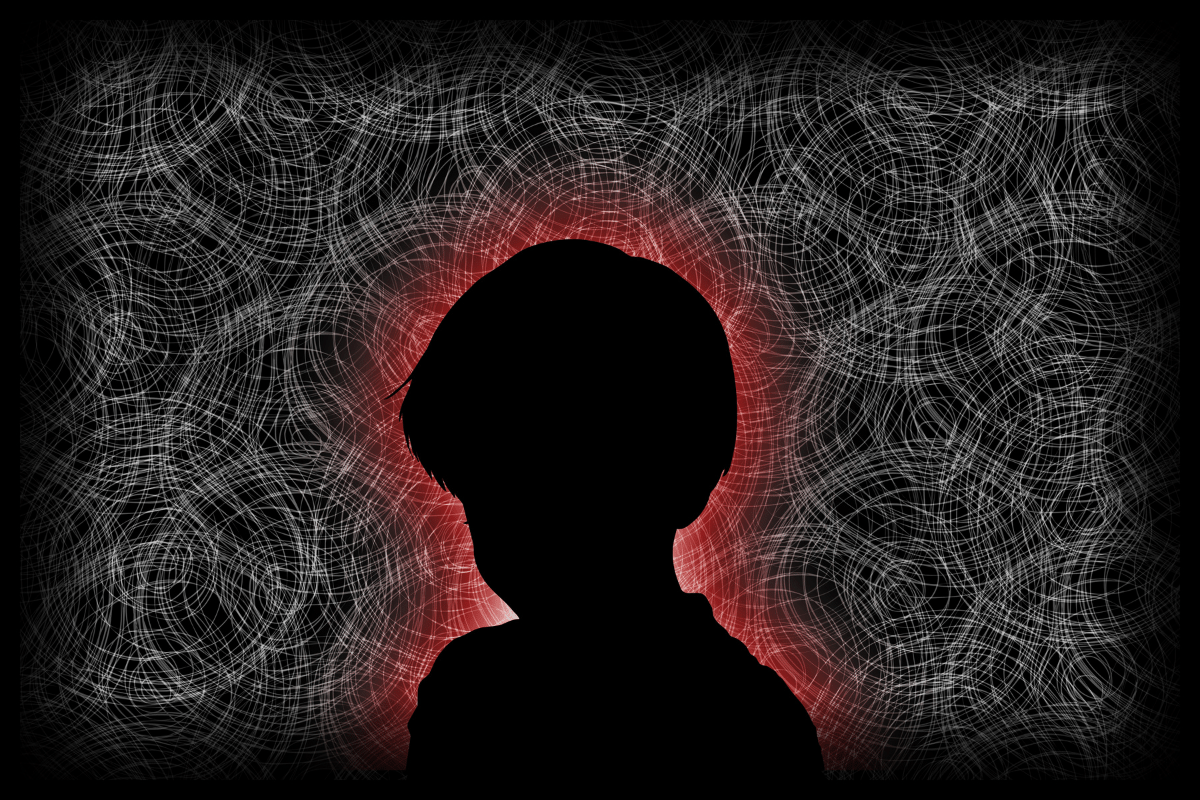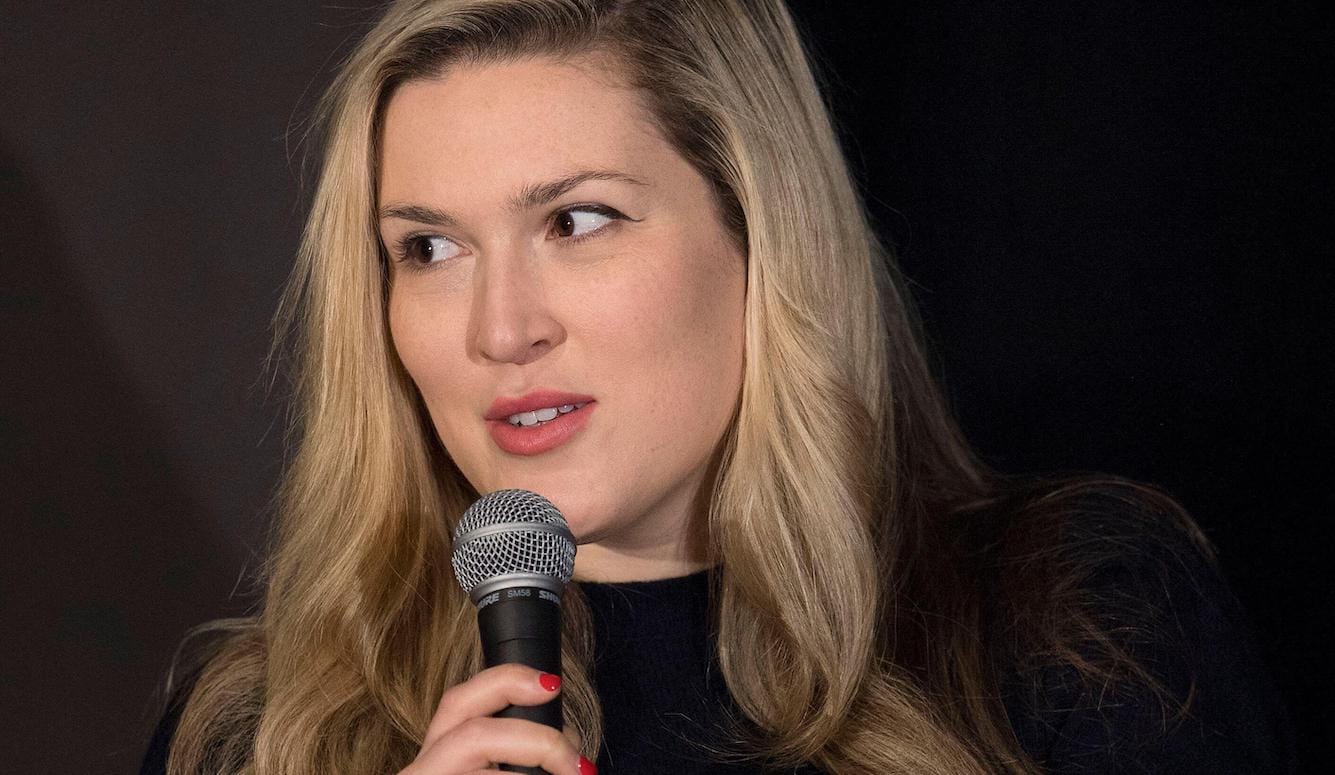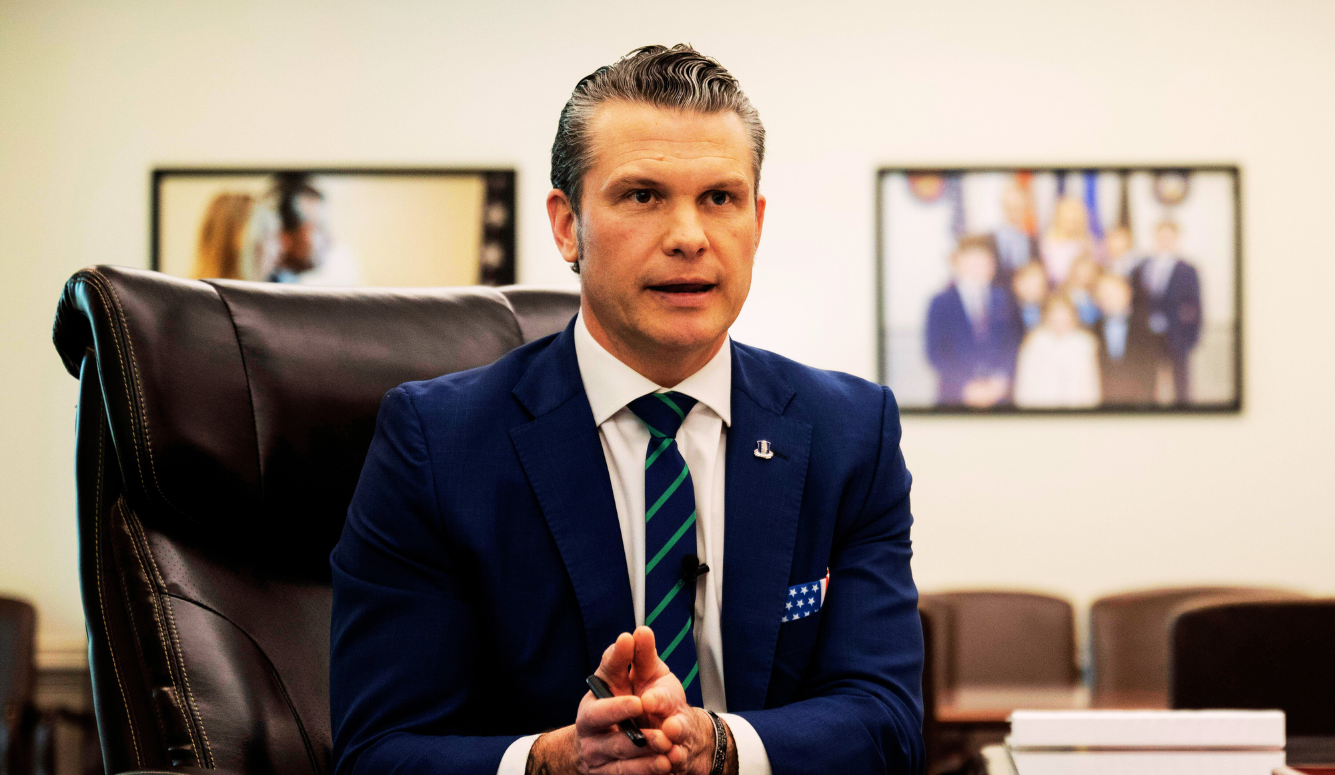Science / Tech
‘As We See It’ and the Changing Discussion About Autism
The show frankly acknowledges issues frequently haunting persons on the autism spectrum.

A few days ago, Amazon released As We See It, a new series about three roommates on the autism spectrum who struggle with employment, relationships, and other life issues. As an autistic man, I was intrigued. There have been many sympathetic depictions of autism in recent art and entertainment, but this one signals what may be an important shift in how autism is understood and discussed.
In the 1969 movie, A Change of Habit, a nonverbal autistic girl is essentially cured by undergoing a therapy called “rage reduction” that presumed her autism had an emotional rather than neurological etiology. In the '80s, the television show St. Elsewhere featured a nonverbal autistic boy among its characters. Barry Levinson’s 1988 movie Rain Man dealt with a lower functioning autistic savant who lived in an institution.
By the '90s, high-functioning autism, where the individual is verbal and has normal or higher intelligence, became better known. Institutions and other congregate settings for autistic individuals were replaced by group homes and supervised apartments based on a desire for autistic persons to live in the community with their non-handicapped peers.
During this time, the neurodiversity movement arose. A key tenet of this movement’s ideology is that autism is not the result of a defective brain, but simply the result of a brain that is differently wired. Accordingly, if autism is a disability at all, it is only because of societal constraints and not because autism is an intrinsic medical condition. The idea that autism should be cured, or that an autistic person should be required to behave like a neurotypical, is anathema to its adherents. Scientific research is treated with suspicion. This is particularly true in the field of genetics, where neurodiversity advocates worry that research is being conducted to devise a pre-natal test to terminate the pregnancies of autistic embryos.
Initially, the movement was considered to be on the fringe and it was largely ignored by the media, entertainment industry, government, and mainstream autism organizations. Over the years, however, it has gained popularity and followers, and its activists have begun to exert incredible influence in the autism world. When Congress passed the Combating Autism Act, neurodiversity movement objected that “combating autism” was offensive, so Congress renamed the law the Autism Collaboration Accountability Research Education and Support (CARES) act. This legislation created the Interagency Autism Coordinating Committee (IACC), an advisory board to the government, consisting of stakeholders in autism, with the mandatory inclusion of persons on the autism spectrum. To date, all of the numerous members who identify as having autism have been neurodiversity proponents. At least two autistic persons opposed to neurodiversity doctrines applied to be on the committee and were turned down. This is despite the fact that the law requires points of view represented on the board to be balanced. One IACC member has stated autism is a superpower. Another has alleged that autism isn’t a disability but a strength. Yet another said the wandering behaviors of severely autistic children that have sometimes resulted in fatal accidents is something that others have problematized.
Autism Speaks is the most prominent private nonprofit autism organization. Its mission statement originally described autism as a global health crisis, the solution to which was to find a cure and prevent autism. When the neurodiversity movement declared these notions distasteful, Autism Speaks eliminated the words “cure” and “prevention” and no longer calls autism a “health crisis.”

In 2015, journalist Steve Silberman published the book Neurotribes advocating the philosophy of neurodiversity. (Paramount Studios optioned the book two years later, but a movie adaptation has yet to be green-lit.) Silberman has compared autism to homosexuality, and said that an autistic brain is simply a different but less common kind of computer operating system—Linux instead of Windows. The media, including NPR, the New York Times, and Time magazine, lauded this book when it first came out, propelling it up the bestseller list.
"Just because a PC is not running Windows doesn't mean that it's broken" - me, in my history of #autism and #neurodiversity, "NeuroTribes," which is available here: https://t.co/SHj1K9h6TJ. Thank you all for your support. #WorldAutismDay pic.twitter.com/To9IdNiwRQ
— Steve Silberman (@stevesilberman) April 2, 2021
The entertainment industry has followed a similar trajectory. Gone is the era of the low-functioning autistics in Rain Man, St. Elsewhere, and A Change of Habit. More recent films and television series have shown autistic persons in a completely different light—the genius Sheldon in The Big Bang Theory, a superhero in The Accountant, the erudite Sam Gardner in Atypical. But the representation of autism in these well-meaning dramas is seldom coherent. Why, for instance, would the functional autistic individual in Atypical be able to achieve straight As in high school, hold down a part-time job in a computer retailer, have a girlfriend, and yet still need his sister to manage his money? In The Good Doctor, the autistic protagonist is a surgeon but cannot drive a car properly.
I attended special education for eight years, and have had trouble holding down jobs or maintaining romantic relationships. I’m concerned by the progress that the neurodiversity movement has made, not least because I don’t agree with their philosophy at all and regard my autism as a disorder. I long for treatment breakthroughs and a possible cure. So, I became hopeful when I binge-watched all eight episodes of As We See It.
The show frankly acknowledges issues frequently haunting persons on the autism spectrum. Two of the three protagonists are fired from their jobs and the third is unemployed. All have had problems with romantic relationships. The behavioral issues are far more realistic than the usual tropes ascribed to functional autistics. There are also controlling, domineering relatives, and a caretaker whose charges are not permitted to go on dates or use cell phone apps to find companionship. There is talk of sending one of the three protagonists to a group home. Another, a computer programmer and possibly the highest-functioning of the three, has a dying father who wants to appoint a guardian for his son because he believes he can’t manage his own affairs. Harrison, possibly the lowest functioning of the three, can’t leave his home due to noise and fear of dogs but is finally able to manage this problem. Interestingly, two of the three characters express a desire to be “normal” and to be able to date “normal” people—a term that is anathema to the neurodiversity movement.
This show has attracted a great deal of media comment and publicity. I’m hopeful that this more realistic portrayal of life on the autism spectrum will change the conversation about autism and steer us away from the insidious dogma of neurodiversity. It’s time to redirect the autism conversation back to where it was and consider autism, not as something to be trivialized, romanticized, or embraced, but as a real disability for which scientific research may someday provide treatment breakthroughs, prevention, and possibly even a cure. Even if As We See It doesn’t achieve these lofty goals, I have at least found a TV series with which I can identify, and that can entertain me and give me a respite from the sorrows my autism presents.






